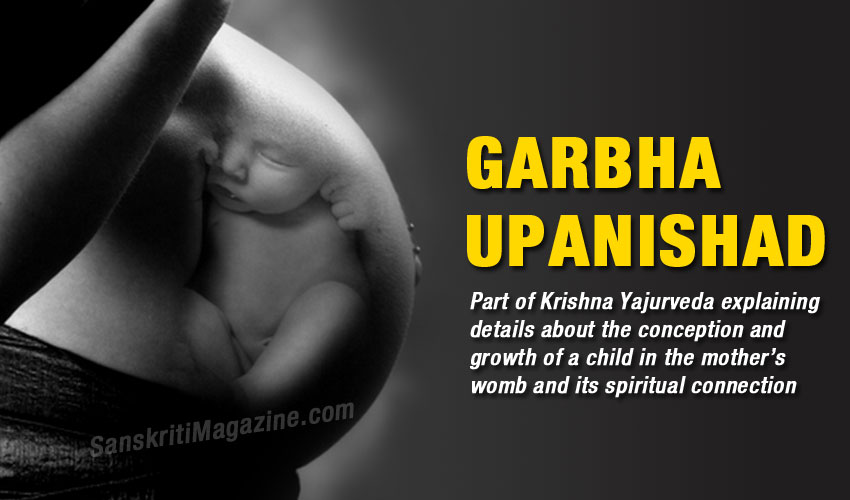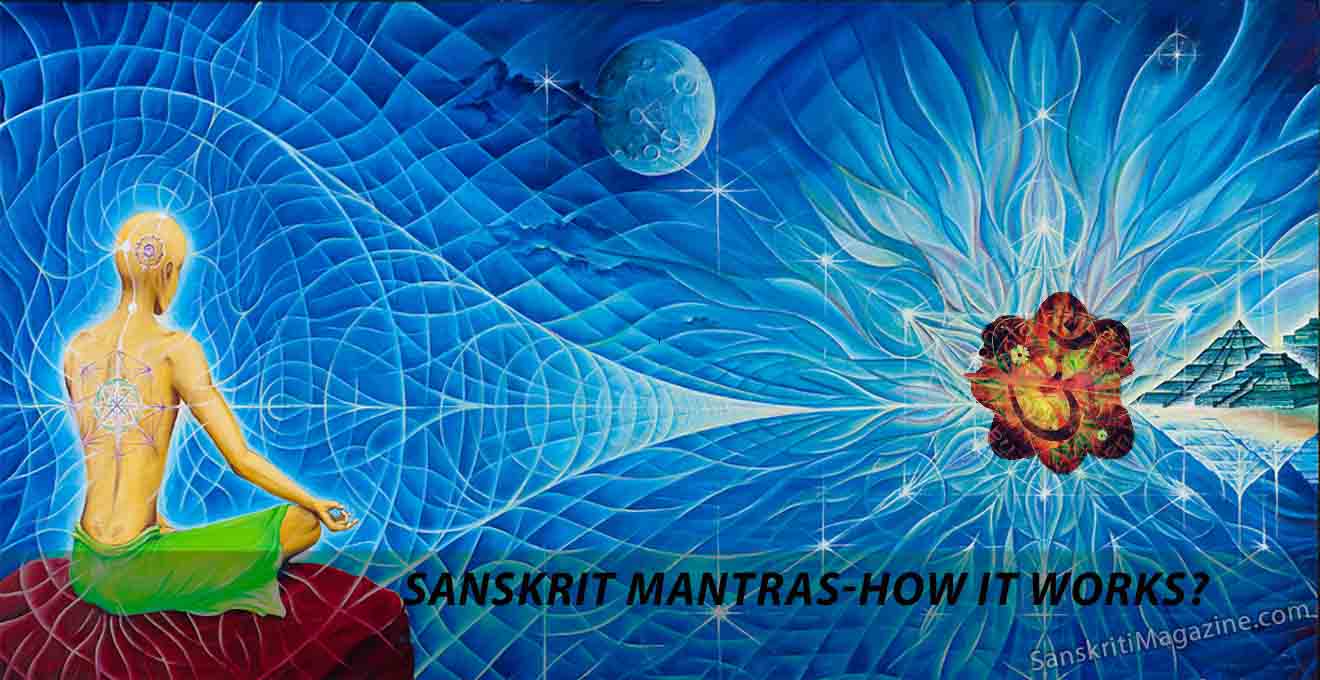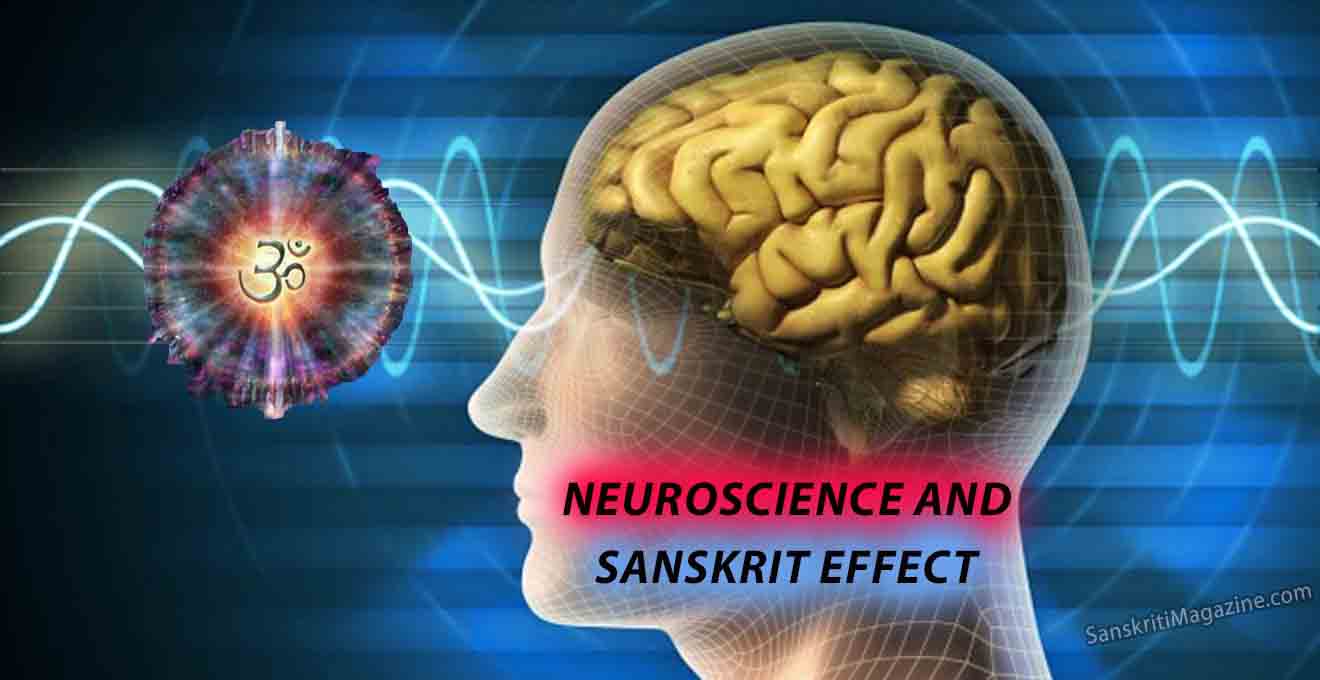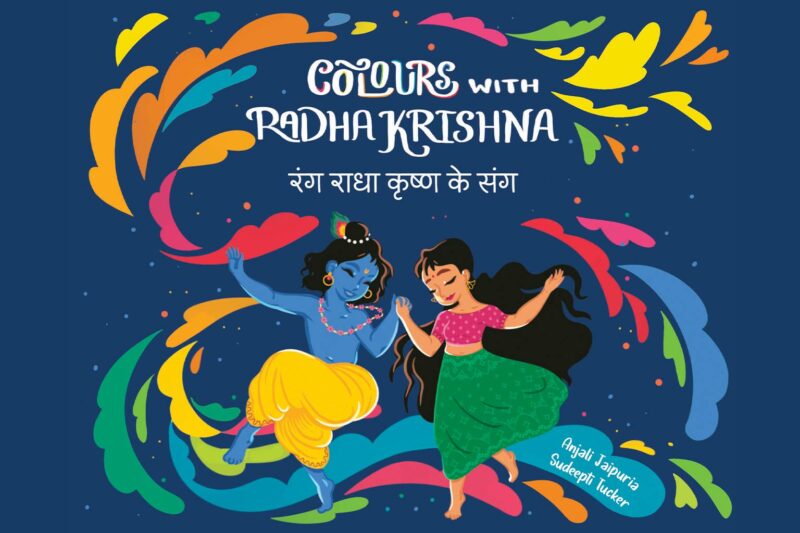Om! May we be protected;
May we be nourished;
May we act together with energy;
May our study be vigorous and effective;
May we not mutually dispute.
Om! Let there be Peace in us!
Let there be Peace in our environment!
Let there be Peace in the forces that act on us!
Garbha Upanishad is an Upanishad or a treatise which has been told by a Teacher to a student (Upa + Nishat = to the one who is sitting, from a higher plan to the one which is learning).
‘Garbha means ‘Womb’. It expounds the details of what human consciousness goes through, while it still resides in the womb, in the form of a fetus. You will find this entire treatise in a question and answer form which is the actual form of every Upanishad. When the brain of the fetus forms, its active mind is more active than that of children and/or adults. The reason is that while in the womb, the fetus is not distracted by the senses, and its connection with the attractions and distractions of the outside world. So now the soul, impregnated and imprisoned within the mother, goes through physical and emotional turmoil. He now realizes the fact that he is going to incarnate once again to go through trials and tribulations, whose main objective is that he learns through pain, to become, what he intrinsically is: An image of God!
The Garbha Upanishad states that, the fetus promises God, that he will not repeat his evil deeds. But alas! When the child is born, a force called the ‘Vaishnava Prana’ touches him, and he forgets his thoughts and prayer. So the learning process continues. Arjuna in the Bhagvad Geeta asked Krishna, what happens, if man dies while putting in his effort to learn about Spiritual truths in one life? And Krishna answers, as it is very heartening to note, that a jivatman, takes off, from where he left off, in his spiritual efforts.
Look deep within you as you read these words, do they ring a bell? Do they sound true? Ask yourself! Your SELF will reply!
गर्भोपनिषद्
The human body is constituted of five things (the five forces of earth, air, water, fire and ether) and is of six shelters (like the physical, ethereal and so on). It is of six different characters andseven compounds, three impurities and has two points of source of birth. It is dependent on four types of food.
Why is the body called as “Panchaatmakam” ? (Pancha-Five)
Because it is constituted out of the five forces of nature – viz.,earth, water, fire, air and ether.
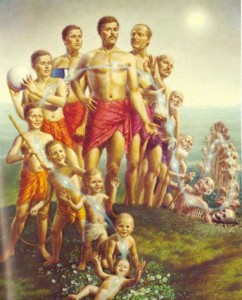 Out of the body which portions represent each such force of nature?
Out of the body which portions represent each such force of nature?
That portion which is hard is representative of the earth, the liquid one is of the water, the hot one is of the fire, the airy portion is of the air and the portion which gives space is representative of the ether or the space. The earth force enables to sustain, water helps consolidation, fire enlightens, air makes the teamwork, and the space gives time and options to carry on the various duties.
Each of the sense organs are created for some specific purpose – the ear (srothram) for hearing sounds, the skin (thwak) for feeling the touch, eyes (cakshu) for the vision, tongue (jihvah) for enjoying the taste, nose (naasika) to smell, the birth organ (upastham) to enjoy pleasure and the rectum (apaanam) to shed the unwanted from the body. The jivatman (or the soul) identifies through the brain, desires with the mind and speaks with the language (vaak).
Why is the body said to be having six shelters?
It is said to be the six tastes [of food]: sweet, acid, salty, pungent, bitter, and astringent.
The seven forms of basic sound viz., shatjam, rishabam, gaanthaaram, madhyamam, panchamam, daivatam and nishaadam, along with the other three, namely., ishtam, anishtam and pranidaanam constitutes the ten basic forms of sound.
Again, the colors are basically of seven types, white, red, black, smoky gray, yellow, tawny and pale.
Why is the body said to be of seven compounds ?
When a human gets to possess and enjoy the material objects which are meant for such enjoyment, because of the good combination of such objects, six types of taste (rasam) are brought in. Out of such taste is created the blood, from the blood the tissue, from the tissue the fat, from the fat the nerves, from nerves the bones, from bones the body, and from the body the reproductive fluids. Thus there are seven compounds and the body is formed of such compounds. When there is a union of the male and female reproductive fluids, the garbha (pregnancy or the embryo) is formed. That garbha is controlled by the Hridayam (the heart).
The heart houses an ever-burning internal fire from which a biological fire is generated, which in turn, gives birth to air. That air, which runs throughout the body, ultimately and dutifully traces back its route to the Hridayam or the Heart, as a rule laid down by the Supreme.
The formation of the embryo and its stages of development:
On a destined day and upon the unison of the male and female reproductive fluids, after the lapse of one night, the embryo is in a mixed (semi-fluid) state. After seven nights from thereon, it takes the shape of a bubble formed out of water. At the end of a fortnight, it takes the shape of a solid lump. It gets solidified and hardened at the end of one month. In two months, the head takes form. At the end of three months, the feet are formed. And by the fourth month, the wrist, stomach and the hip, waist etc. are formed. During the fifth month, the spine and the adjoining bones get shaped. The Mouth, Nose, Eyes and the Ears are all formed during the sixth month.
In the seventh month, life or the jivatman enters the body shaped so far. By the eighth month,it attains full shape and gets fulfilled with all other remaining parts. If the intention to have progeny and potency of the father (the male) is stronger than the mother, it becomes a male and vice-versa. If the father’s seed is more potent, it becomes male; if the mother’s seed is stronger, it becomes female. If the seeds are equal, it becomes an intersexual (napu÷saka, neither male, nor female).
If [at the time of impregnation] the parents are agitated, the child will be blind, crippled, hunch-backed or stunted. If the vital air moves around, the seed enters in two parts, resulting in twins.
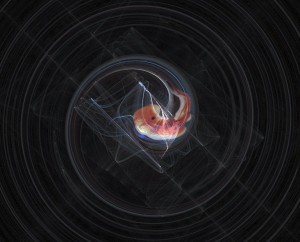 When the body, comprised of the five natural forces acquires intelligence by the infusion of the jivatman, it also acquires the five intellectual organs and the brain, which enables the jivatman to distinguish between different forms of objects and tastes.
When the body, comprised of the five natural forces acquires intelligence by the infusion of the jivatman, it also acquires the five intellectual organs and the brain, which enables the jivatman to distinguish between different forms of objects and tastes.
Having obtained this intelligence, the jivatman immediately starts contemplating on the eternal syllable “OM”. Once he digests the essence of the same, he understands the fact that the eight basic forces (five sense organs, the mind, intellect and ego) and their sixteen variants belong to the soul or the jivatman residing in the body. Whatever is consumed by the mother passes through the nerves dovetailed with the child’s to the jivatman, which is satisfied with such feed.
It is during the ninth month that all the sense organs and intellect organs attain completeness.And during this time, the jivatman is reminded of its previous birth and it realizes all the good and bad deeds it committed during such previous birth.
Thus thinks the jivatman: “By me thousands of birth points (yonis, various lives apart from human) have been seen; various foods have been tasted; and innumerable times mother’s milk has been consumed (to convey that the jivatman had various mothers during its earlier births). Iwas born and died many times. All my near and dear, from earlier births, for whom I performed various actions, in earlier births, whether good or bad, have enjoyed the benefits of my actions and have left me all alone. I am left behind all alone. Once I come out of this birth source (yoni),I am going to surrender myself to the destroyer of all sins and the Salvation provider – Maheswara, also called as Naaraayana (or the Supreme Being called by various names). I am going to chant his name and other mantras to destroy all my sins carried from my earlier births.
Once I come out of this birth source, I am going to practice the Gnaana Yoga (the pursuit of knowledge) strictly to destroy all my sins and to release myself from the bonds of all actions in this materialistic world. Once I come out of this birth source, I am going to contemplate on this Supreme Divine Brahman.” – These are the thoughts of the jivatman during the time it remains in the womb.
When he reaches the birth canal and comes out of it with great difficulty, he is touched by an all-pervading movement [Māyā] that causes him to forget previous births and the good and the bad deeds performed therein.
Why is the body called as “Śariram”?
The body is composed of three different types of fire: Gnaana agni, Darsana agni and Koshta agni.
Koshta agni is that fire which enables the digestion of all that is consumed by the human. It creates the internal fire that is used to combust all the materials taken in.
Darsana agni is the internal fire that gives the power of seeing to the eyes with which we are able to see different objects.
Gnaana agni is that fire of knowledge which enables one to distinguish between the good and bad.
These three fires have taken their positions in one’s stomach, face and the heart and are referred by the names Aahavaniyaagni, Gaarhaspatyaagni and Dakshinaagni respectively. With these fires present within, an internal homa or yagna (or the ritual sacrifice)takes place within a human body regularly and incessantly.
Atma or the soul is the performer of the homa; the mind is the Brahma (the one who makes it happen); the bad intentions such as anger, greed, jealousy, desire etc are the sacrificial objects(comparable to the animals sacrificed); Mental strength or control is the vow; Contentment and the intellectual organs are the utensils that can be utilized in the homa; the sense organs are the sacrificial objects (comparable to the Havis or the rice) to be used; the Head or the skull is the utensil; the Hair thereon is the Darbha (the dried grass used in homa); the face is the sacrificing stage and the two lines of teeth, the bones, nerves and tissue are comparable to the other utensils and objects used in a Homa.
What is the Constitution of a human body:
The human body consists of 107 secret spots (Marma sthaana, comparable to the genitals), 180 junction points, 109 nerves called as “snaayu”, 700 other nerves, 500 tissue groups(muscle), 360 bones, four and a half crore hairs, 8 palam (palam is an old measure that weighs around 35 grams) weighing Heart and 12 palam weighing tongue. The body also has got one ser (ser is a measure weighing around 300 grams) weighing biological fire, two ser weighing watery substance, a quarter ser weighing semen or other reproductive fluid and two-sers weighing fat. There is no laid down measure or weight of the urinary or the other solid excretions,which are dependent on the intake. (Having thus known the complete constitution of a human body), one should understand his composition and divert all his power and energy into the path of attaining salvation. This Moksha Sastra (the scripture leading to Salvation) was enunciated by the great sage, Pippalaada.
OM! May Brahman protect us (the Guru and Sishya) both!
May he give us both (enough) to enjoy!
Efficiency may we both attain!
Effective may our study prove!
May we not hate (each other) at all!
Here ends the Garbhopanishad belonging to the Krishna-Yajur-Veda
Om Shanti ! Shanti ! Shanti !
.

